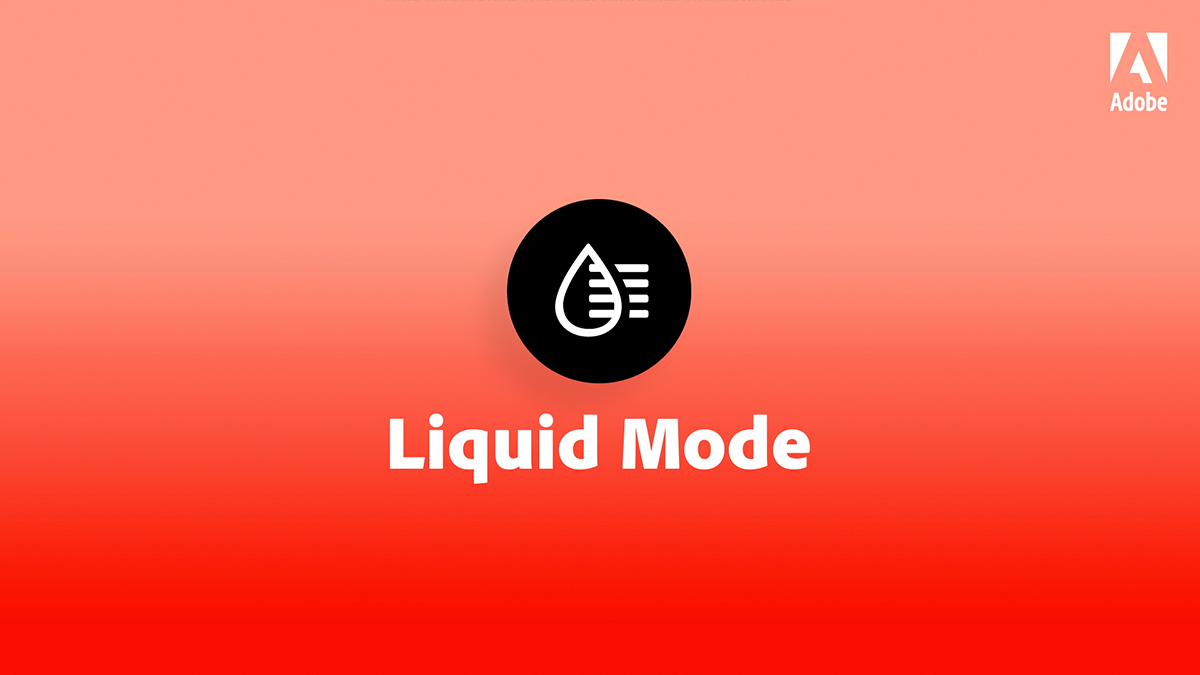In an era dominated by mobile technology, accessing information on-the-go has become a norm. Picture this: you find the perfect document after digging through numerous links, only to discover that it’s an unwieldy 50-page PDF. We’ve all been theresliding, pinching, and zooming, trying to make sense of a layout that was never intended for small screens. As the PDF format nears its 30th anniversary, its clear that a transformation is overdue.
Fortunately, Adobe is stepping in with an innovative solutionthe aptly named Liquid Mode. This new feature utilizes Adobes AI engine, Sensei, to intelligently adapt PDFs for easier viewing on mobile devices.
What is Liquid Mode?
Liquid Mode represents a significant leap in making PDFs mobile-friendly. But how does it work? At its core, the feature employs sophisticated machine learning algorithms to analyze a PDF’s structure and content. Instead of simply resizing text and images, Liquid Mode comprehensively understands the document’s layout, detecting elements such as:
- Section headers
- Font changes
- Tables and figures
- Lists and bullet points
After identifying these components, the mode intelligently restructures the document for optimal readability on mobile screens, transforming the user experience dramatically.
A Seamless User Experience
The functionality of Liquid Mode is designed to be as user-friendly as possible. When a user opens a PDF in Adobe Acrobat Reader (available for both iOS and Android), the application assesses the document’s compatibility with Liquid Mode. Upon activation, the PDF is sent to Adobe’s Document Cloud for processing. Users can then personalize their experience by adjusting font size and line spacing to better suit their preferences.
Moreover, Liquid Mode introduces a tappable table of contentsan invaluable tool for navigating lengthy documents. Users can quickly bounce from one section to another, enhancing efficiency and preserving the natural flow of reading.
Non-Destructive Transformation
One of the standout features of Liquid Mode is its non-destructive nature. The original PDF remains untouched, allowing users to revert back to it at any time. This ensures that while you enjoy the upgraded experience of Liquid Mode, your original document is still intact for when you need it.
Future Possibilities with AI in Document Management
Adobe’s advancements dont stop with Liquid Mode; the company envisions an ecosystem where AI significantly enhances document management. In conversations with Adobe’s CTO, Abhay Parasnis, it became evident that Liquid Mode is the foundation for more sophisticated functionalities. One of the goals is to enable users to input a lengthy PDF and receive a concise summarya game-changer for accessibility and information retrieval.
Conclusion: Embracing Change in Digital Documentation
Adobes Liquid Mode is a prime example of how AI can bridge the gap between traditional document formats and modern mobile experiences. As we continue to rely more on mobile devices for both work and leisure, innovations like these are essential in fostering effective communication and information dissemination.
For more insights, updates, or to collaborate on AI development projects, stay connected with fxis.ai. At fxis.ai, we believe that such advancements are crucial for the future of AI, as they enable more comprehensive and effective solutions. Our team is continually exploring new methodologies to push the envelope in artificial intelligence, ensuring that our clients benefit from the latest technological innovations.

